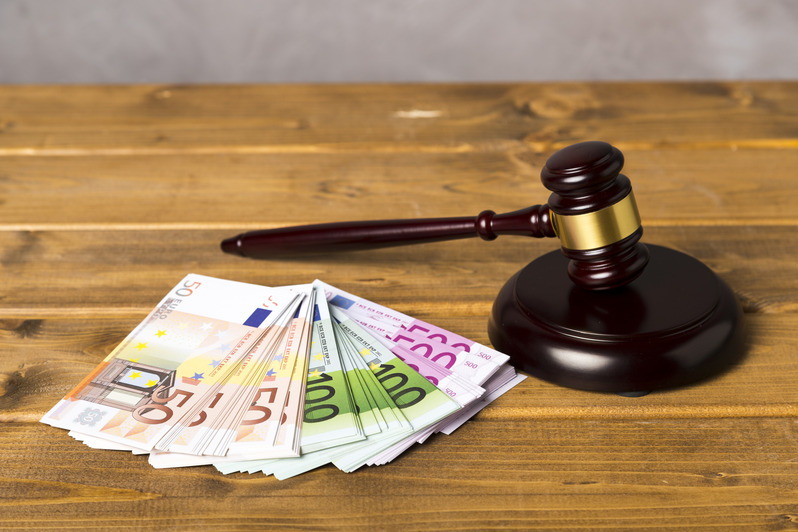With VAT compliance in UAE, the VAT reverse charge mechanism is oftentimes overlooked. Although it is part of accountability for VAT in UAE, most businesses fail in recognizing it which can be a big mistake. Most of the time when businesses issue an invoice, VAT is accounted for. Clients are required in paying the entire amount they owe to a business including the appropriate VAT charge. As a seller or provider, you are required in keeping invoices and filing them all to the Federal Tax Authority (FTA).
For hassle-free VAT Services in UAE? Click here to send an inquiry.
With the UAE VAT reverse charge mechanism, the VAT liability is ascribed to the buyer rather than the VAT-registered business making a supply. In normal cases, VAT is settled with the FTA by the seller. With the reverse charge mechanism, VAT is liable to be paid by the buyer to the tax authorities.
In practice, it means a buyer settles costs related to VAT on a service or delivery not with a supplier operating in UAE but with the revenue office directly.
When does the VAT reverse charge mechanism apply?
Reverse charges are applicable to the following:
- Import of a concerned product or service for business purposes;
- Supply of a product or service by a supplier that does not have a residence in UAE to a taxable entity with the place of residence within the UAE’s jurisdiction;
- Taxable supply of refined or crude oil, processed or unprocessed natural gas, and hydrocarbons that will be for resale or for production and distribution of any kind of energy that’s by a registered supplier onto a registered buyer within UAE
Read also: How To Charge VAT In UAE?
How does a reverse charge appear on an invoice?
If you’re a registered business entity in UAE for VAT and you provide products or services that are tied with reverse charge, then you shouldn’t forget to mark any related transaction appropriate on an invoice.
There’s no prescribed wording to use when accounting for a transaction that involves a reverse charge. But, it is advised that a business marks an invoice as “recipient is responsible for VAT” or “VAT is due onto the recipient.”
Apart from providing such information on an invoice, it is very important that an invoice that is issued by a taxable entity in the UAE includes the tax registration number of both the beneficiary and the supplier. When invoices with a reverse charge procedure, you need to ensure that you don’t accidentally disclose incorrect tax figures. This usually happens due to force of habit.
Regulated tax agents in the UAE
Reverse charge regulations can be very confusing because of their complicated and extensive nature. This is why it does not come as a surprise that a lot of business owners in the UAE feel overwhelmed whenever they are faced with the process for the very first time. Should you have any concerns, doubts, or questions related to the reverse charge mechanism under VAT in UAE, consult with VAT Registration UAE‘s tax specialists in UAE. You can seek the guidance of our regulated tax agents in Dubai to avoid mistakes from the outset. Penalties for violating regulations can easily be avoided if you stick closely to these points listed below:
- Check with experts if the kind of business you are running should be concerned with the UAE VAT reverse charge mechanism.
- In the event that it is, the beneficiary in a transaction is the one that should settle the costs related to VAT with the Federal Tax Authority which can later become deductible as input tax.
- A supplier has to issue an invoice proving the requirement for the reverse charge procedure to take place.
- Don’t forget that you need to indicate clearly on the invoice the need for a reverse charge along with the business’ tax registration number.
Read also: Outsource VAT Accounting
To know more about VAT in the UAE, call us today!
What are the responsibilities of a buyer or beneficiary with the UAE VAT reverse charge mechanism?
A recipient, buyer, or beneficiary of products and services that are covered by the UAE reverse charge mechanism has the following responsibilities:
- Determine the value in which tax has to be levied
- Take into account the tax amount that is due to a supply that is applicable to the reverse charge mechanism
- Remit the amount of VAT applicable to the FTA
- If eligible, claim the amount paid to the FTA as input tax
- Maintain records including invoices and receipts in order to substantiate tax settlement as well as an input tax claim
How does forward charge and reverse charge differ from each other?
With the reverse charge, a recipient becomes the one responsible for paying the VAT that is due to the revenue office. As for the forward charge mechanism, a registered business in UAE that is the supplier or seller in a transaction becomes the one liable for paying tax.

